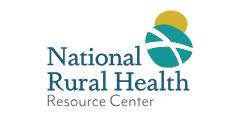September 29, 2025

On-Demand Webinar: Shared Responsibility, Stronger Defense: Healthcare Data Compliance in the Cloud Era
Cyber threats are up. Breach investigations are intensifying. And with 2025 already seeing a 20% rise in healthcare data breaches, compliance can’t be an afterthought.
In today’s cloud-first environment, protecting personal data and maintaining audit readiness takes more than just security tools – it requires resilient, shared strategies across IT, compliance and clinical leadership.
Join healthcare leaders for a discussion on what it takes to stay compliant and operational in hybrid and multi-cloud environments.
You’ll Learn:
- How top systems are evolving HIPAA/HITRUST compliance strategies,
- The role of shared responsibility models in clarifying compliance ownership between cloud providers and healthcare organizations, and real-world tactics for aligning IT resilience, ransomware recovery and audit readiness.
Cost: Free
Click Here to Access the On-Demand Webinar



